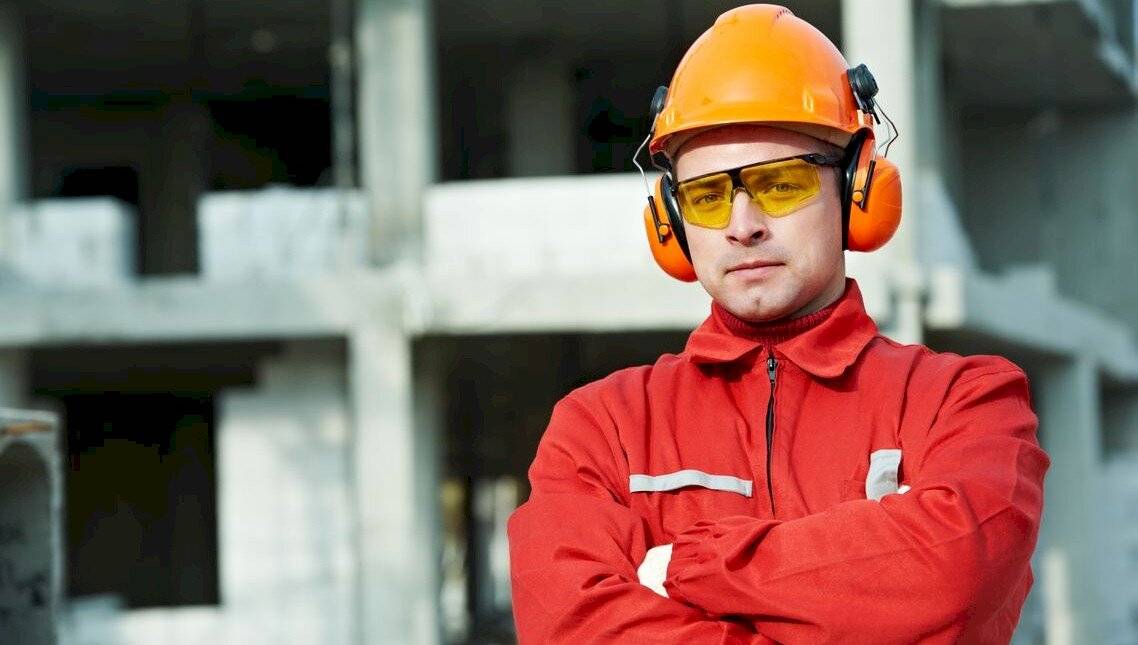What can make safety goggles perfect for us is the colour of the lenses we can choose. Tinted goggles can be a great help, as they follow the nature of the activity and its local conditions. This can help to prevent eye fatigue and, of course, provide additional support for vision, which is vital in any situation.
Protective equipment is a requirement in many workplaces, but we must also remember that it is indispensable for many leisure activities. Protective eyewear has to fulfil several functions at the same time. On the one hand, they help us to enjoy what we do more, and on the other hand, they are also very important for the health and condition of our eyes. There are hobbies or jobs around the house that simply require the wearing of goggles. But it doesn’t matter what kind of goggles they are.
On the one hand, as the name suggests, it should provide adequate protection for our eyes against all harmful effects. This could be mechanical, chemical or optical, but dust, water and steam should also be mentioned as disturbing or potentially damaging factors. Good goggles will protect against all of these. On the other hand, it should also ensure sharp vision where necessary. Anyone who wears glasses in their daily life should dioptric protective eyewear dioptric spectacles. This is the only way to ensure both protection and good vision.

When are tinted goggles recommended?
For traditional use, you can of course use plain, colourless lenses, but let’s look at the other options for colour. When you’re alternating between indoors and outdoors, a slightly tinted lens will help to eliminate the discomfort of constantly changing light conditions. If one can only indulge in their hobby at twilight, where there are no bright lights, then a yellow lens is the best possible choice. If you’re shooting in bright, distracting light, you should use either a blue or a yellow coloured mirror lens. If you’re in constant light, then like a good pair of sunglasses, darkened lenses are best for your eyes. These come in a variety of shades. In addition, of course, there are situations that require increased light protection, such as welding, where darker green or brown lenses are best.

